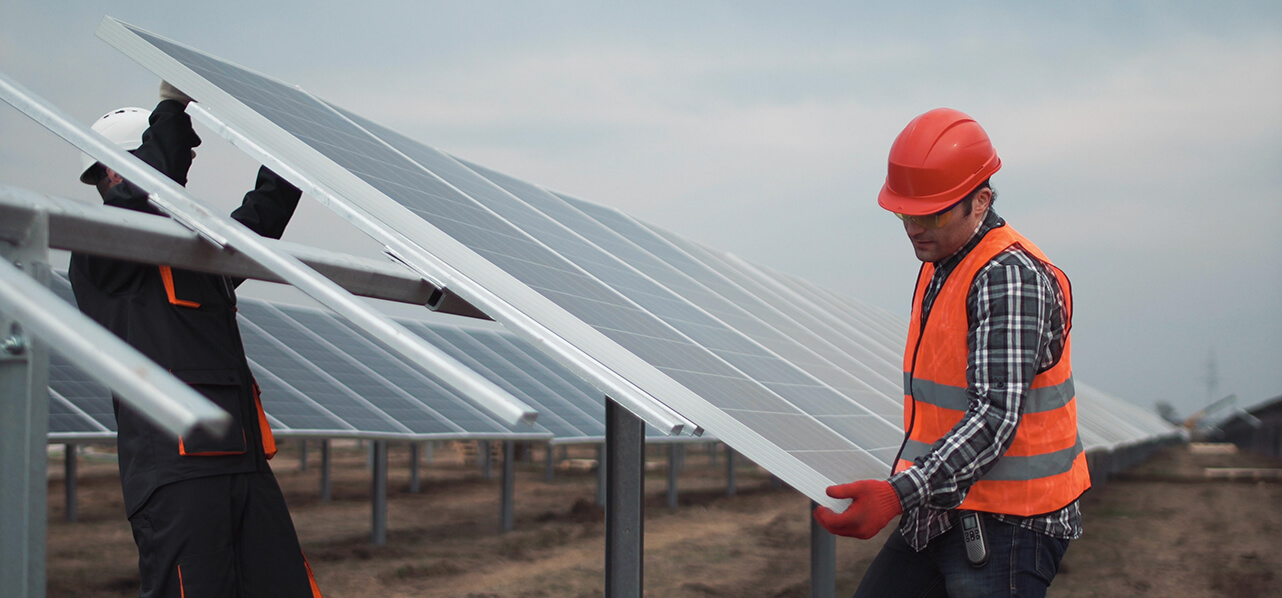In the sixth and final sector article of our Net Zero series, our team looks at what the UK’s Net Zero Strategy (“the Strategy”) means for the greenhouse gas removals (“GGRs”) sector.
Chapter 3vii of the Strategy, titled “Greenhouse Gas Removals: Balancing Residual Emissions to Achieve Net Zero”, sets out how the UK Government plans to reach net zero with the help of GGRs, otherwise known as carbon dioxide removal (“CDR”) methods and negative emission technologies (“NETs”). The commitments made in Chapter 3vii have the potential to create both new technologies and job opportunities as well as an entirely new market for GGRs (coupled with robust and transparent carbon removal offsetting). GGRs offer a way forward for hard-to-abate sectors such as aviation, shipping, heavy industry, agriculture and waste to decarbonise completely by 2050. Exactly what commitments have been penned in the Strategy, at what cost and within which timeframes is discussed further below.





